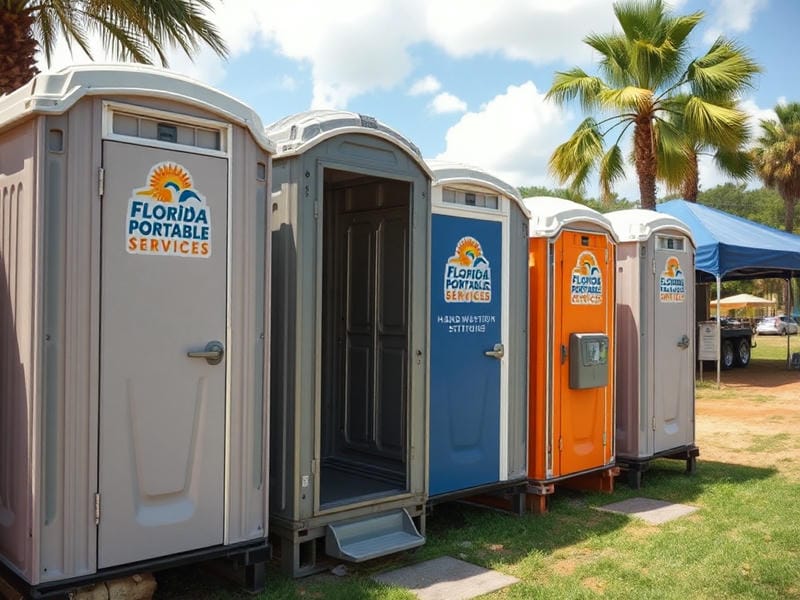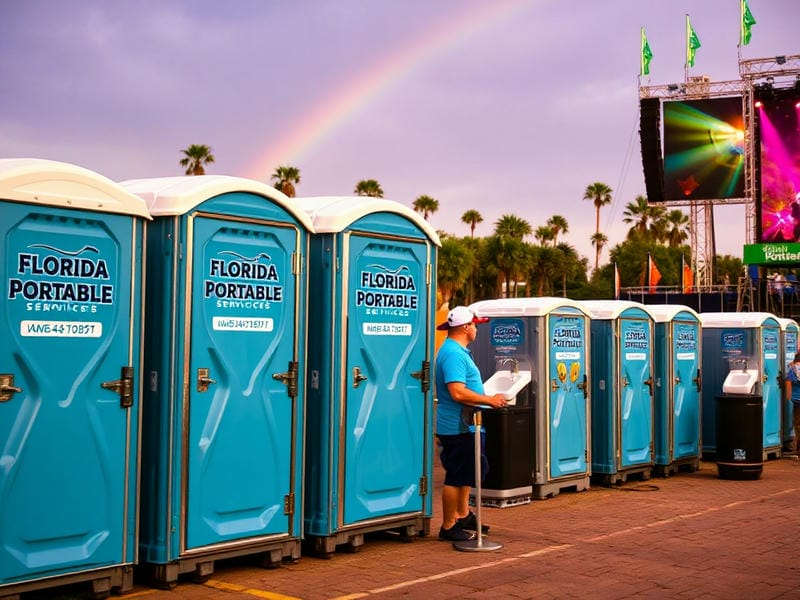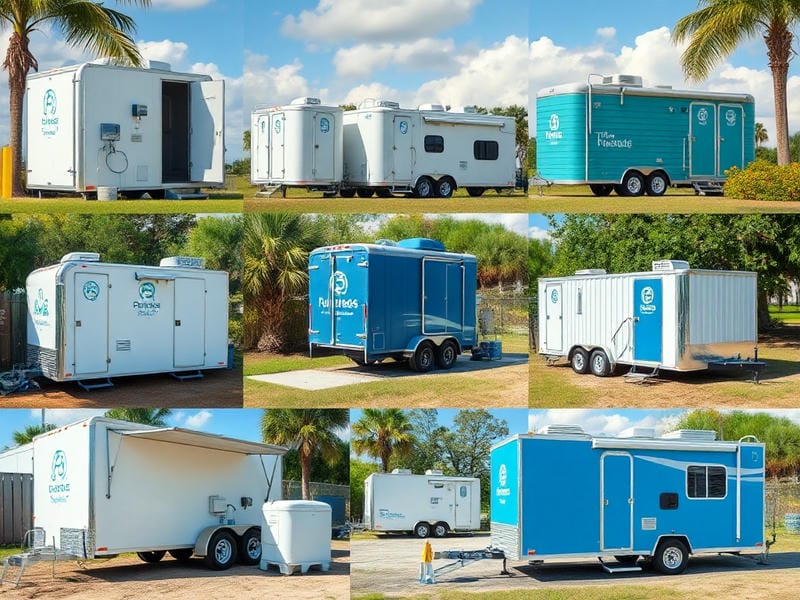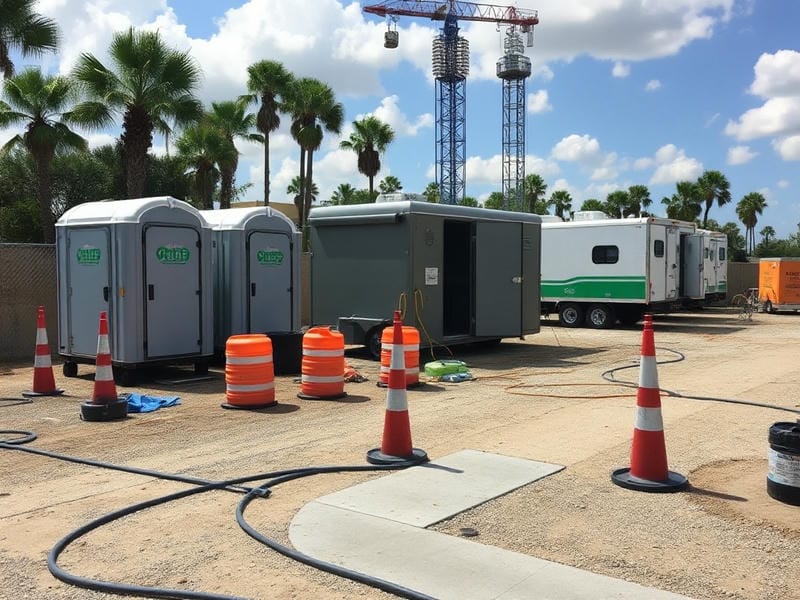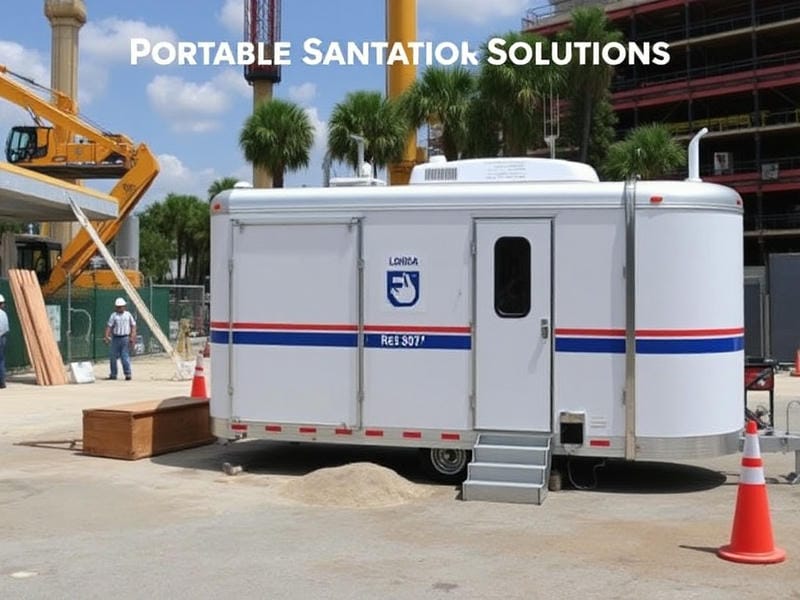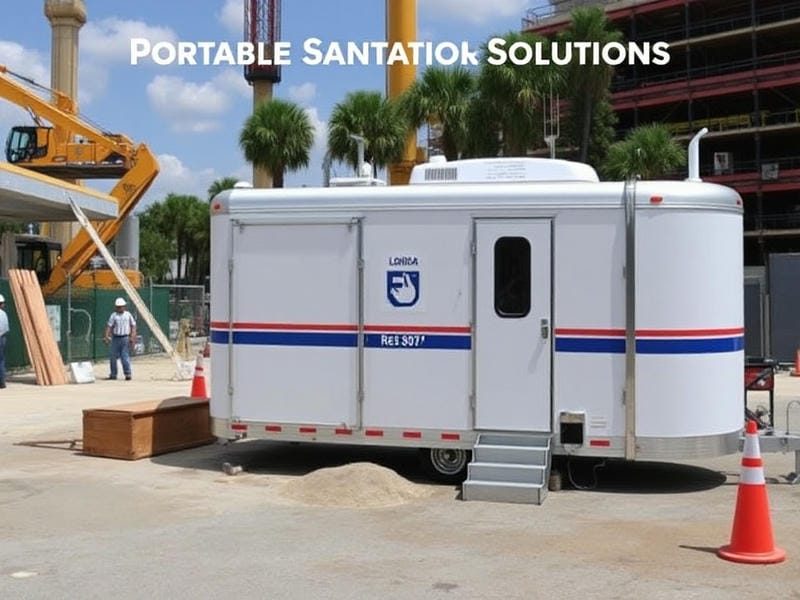
Key Features of ADA-Compliant Portable Restrooms
Safety Standards for Portable Restrooms in Public Spaces
The importance of safety standards for portable restrooms in public spaces cannot be overstated. These facilities, often seen at outdoor events, construction sites, and other temporary venues, play a crucial role in ensuring public health and convenience. As such, it is imperative that they adhere to rigorous safety standards to protect users and maintain sanitation.
Portable sanitation services offer flexible rental options for any duration. porta potty rental prices waste.
First and foremost, hygiene is a primary concern when it comes to portable restrooms. Without proper sanitation measures, these units can become breeding grounds for bacteria and viruses. Safety standards mandate regular cleaning and maintenance schedules to prevent the spread of disease. This includes ensuring that hand sanitizers or handwashing stations are readily available, which is particularly important in preventing the transmission of germs among large gatherings of people.
Structural integrity is another critical aspect of portable restroom safety standards. Units must be stable on various terrains and should be designed to withstand adverse weather conditions without tipping over or leaking. Proper anchoring systems are essential, especially in areas prone to high winds or heavy rainfall. Ensuring robust construction not only protects users but also prevents environmental contamination from leaks or spills.
Accessibility also plays a pivotal role in setting safety standards for portable restrooms. It's crucial that these facilities cater to individuals with disabilities by being wheelchair accessible and equipped with features like grab bars and adequate space for maneuvering. Implementing universal design principles ensures that everyone can use these restrooms safely and comfortably.
Moreover, proper placement of portable restrooms is vital for both safety and convenience. They should be situated away from food service areas to minimize health risks while still being easily accessible to users. Additionally, adequate lighting around these units enhances user safety during nighttime events or low-light conditions.
Lastly, it's important that all personnel involved in the deployment and maintenance of portable restrooms are adequately trained in following established safety protocols. This training ensures that any issues can be promptly addressed before they pose a risk to users or the environment.
In conclusion, adhering to safety standards for portable restrooms is essential for safeguarding public health and ensuring user satisfaction in public spaces. By prioritizing hygiene, structural integrity, accessibility, proper placement, and staff training, we can create safer environments where everyone can enjoy the benefits of clean and reliable restroom facilities regardless of location or event type.
